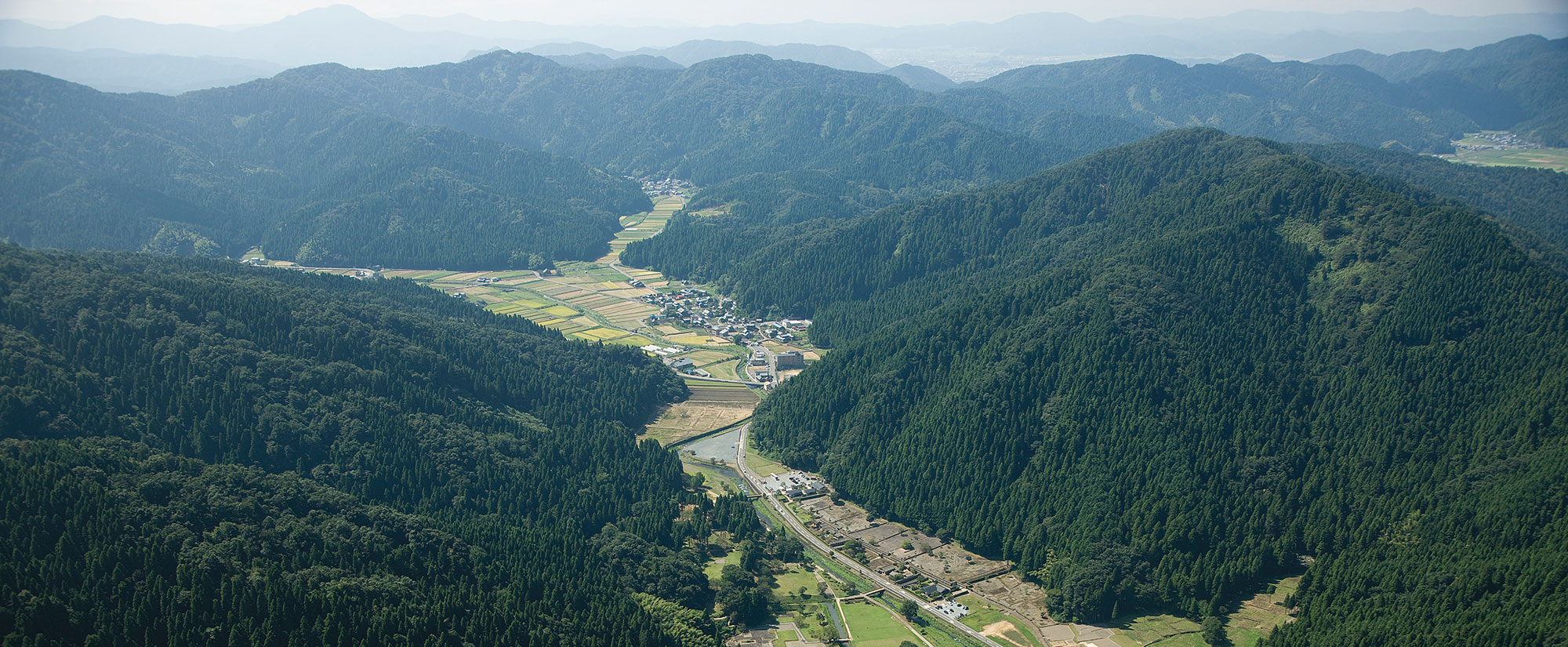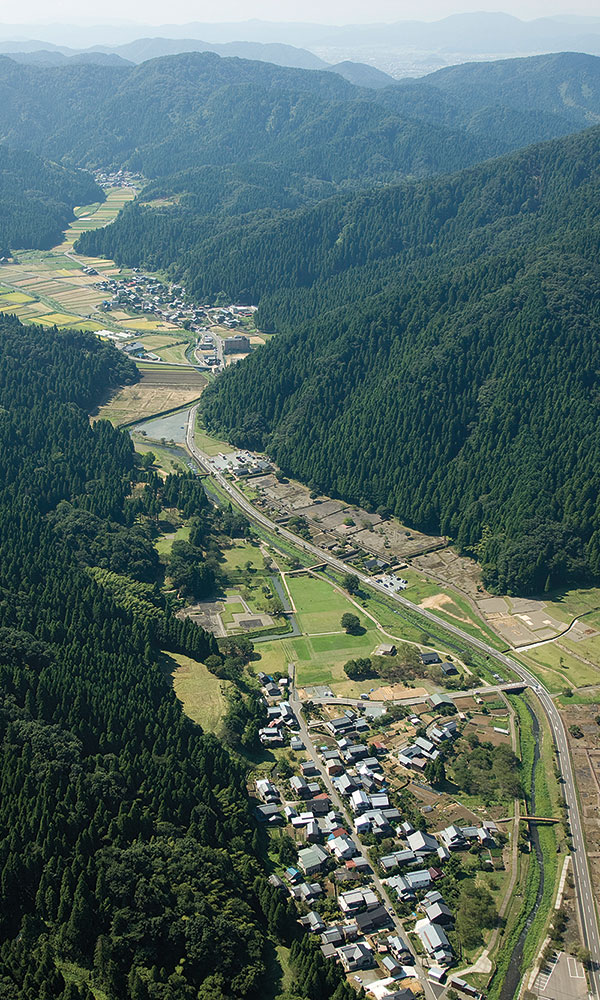FUJIA, CHINA—Researchers from Peking University and the Shandong Institute of Cultural Relics and Archaeology revealed evidence of an ancient matrilineal society at the site of Fujia, near the birthplace of Chinese civilization, according to statement released by Peking University. The discovery is surprising since it is the first early society of its kind identified anywhere in East Asia. Previous excavations at the site have exposed two cemeteries belonging to the Dawenkou culture dating to between 2750 and 2500 b.c. The new study analyzed the ancient DNA of 60 individuals, 14 from the northern necropolis and 46 from the southern one. Every single one of the deceased from the northern cemetery shared the same maternal lineage, as indicated by their mitochondrial DNA that is passed down from mothers. In the other cemetery, 44 of the 46 individuals hailed from another maternal lineage. On the contrary, Y-chromosome data, which is passed down through fathers, determined that the men buried at the site came from a wide range of paternal lines. These results demonstrate that over at least 10 generations, women stayed and lived with their clans throughout their lives while men moved to other communities. These findings seem to challenge long-held assumptions that patrilineal organization was universal among Neolithic societies. Read the original scholarly article about this research in Nature. For more on advancements in archaeogenetics, go to "Ancient DNA Revolution."
Ancient DNA Reveals Matrilineal Neolithic Society in China
News June 13, 2025
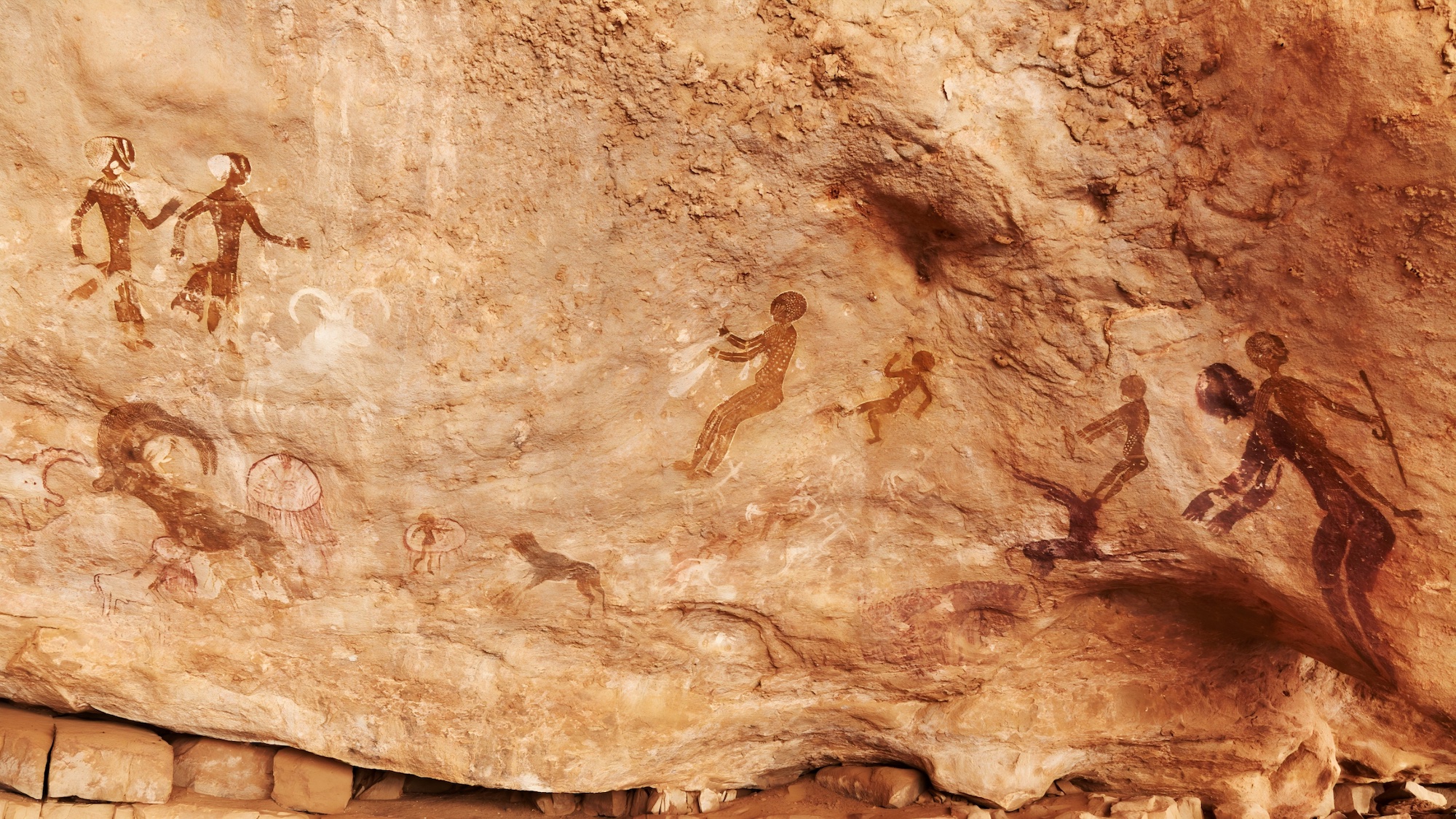
Recommended Articles
Digs & Discoveries March/April 2020
China's Carp Catchers
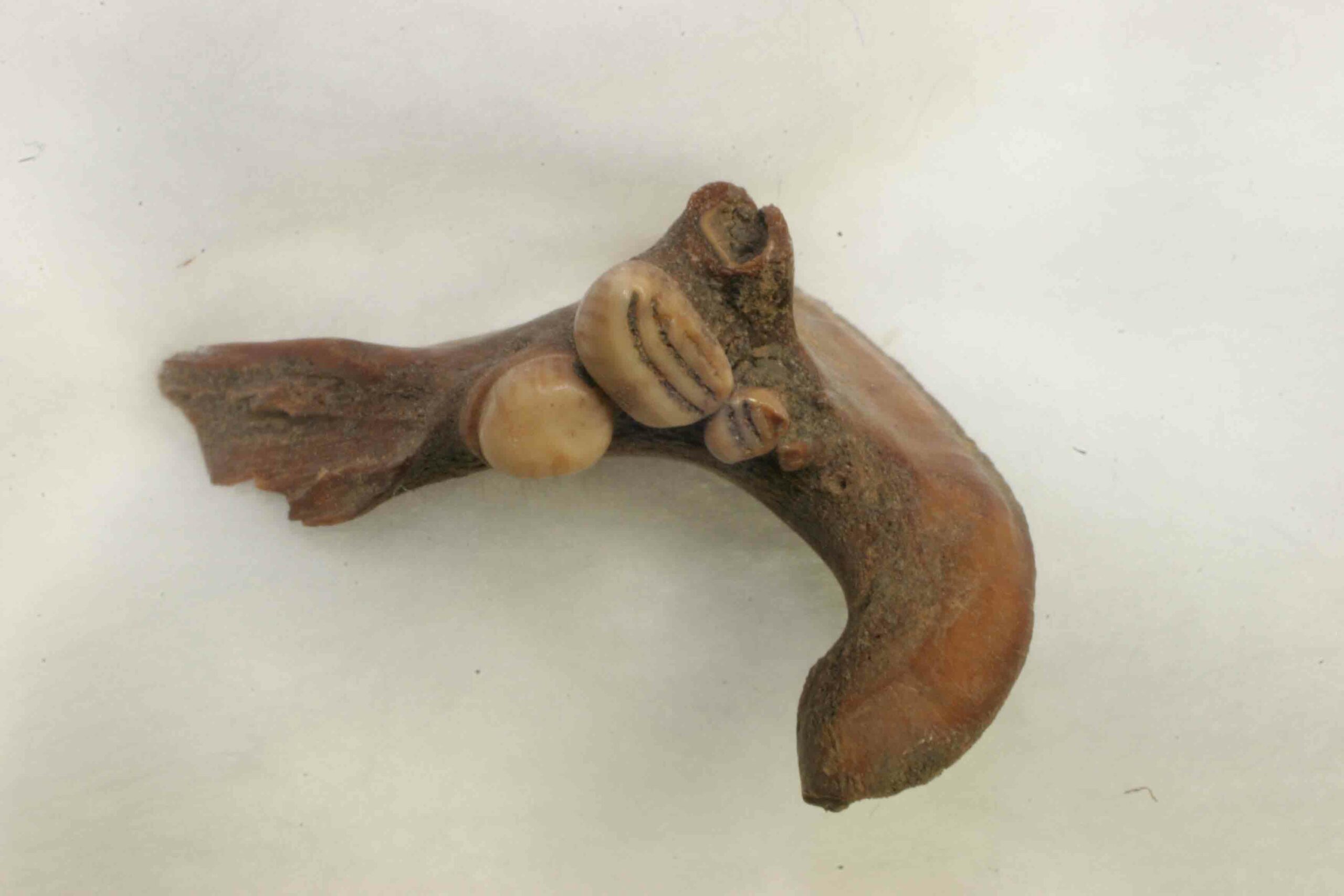
Letter from France January/February 2026
Neolithic Cultural Revolution
How farmers came together to build Europe’s most grandiose funerary monuments some 7,000 years ago
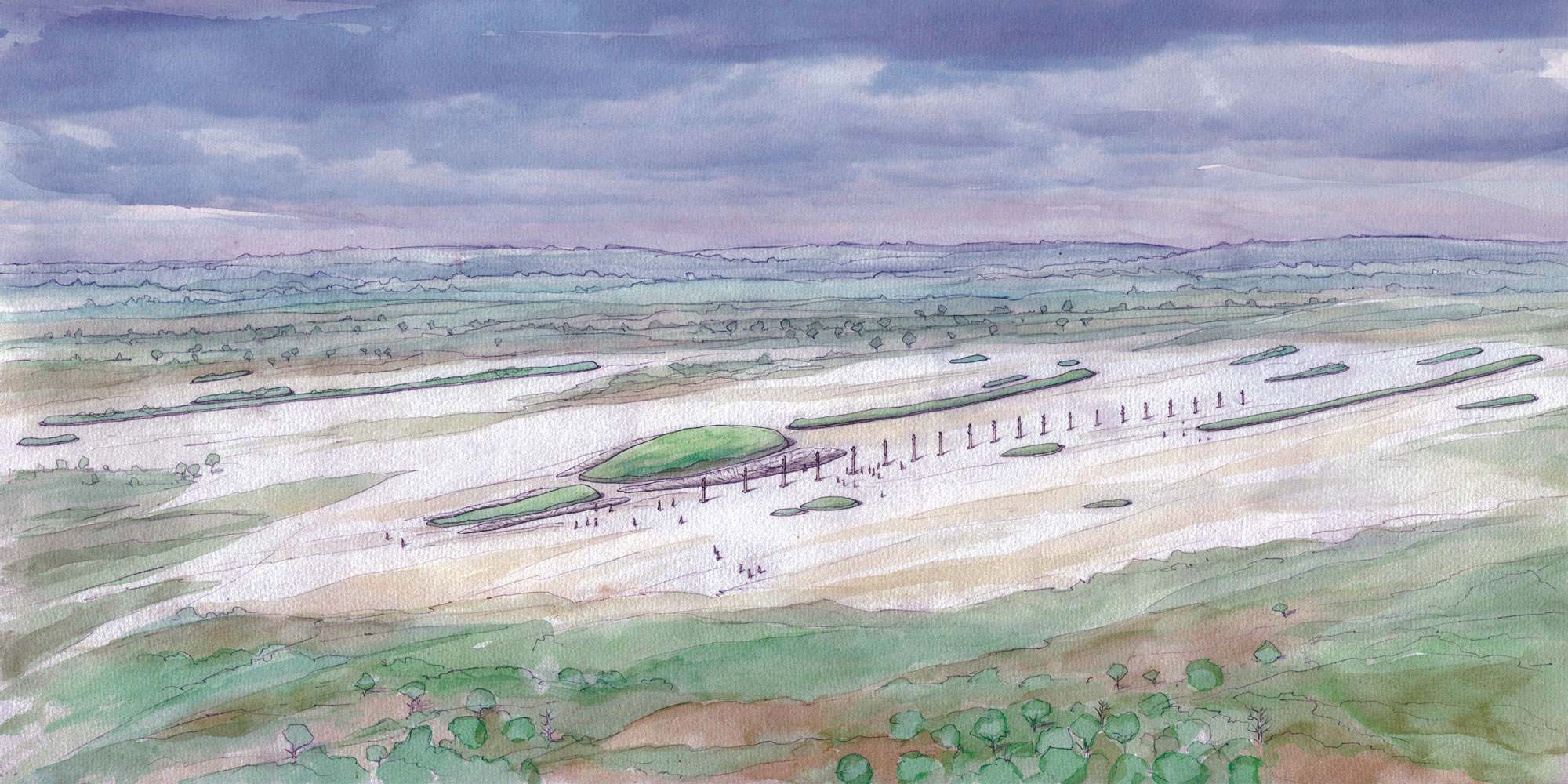


-
Features May/June 2025
A Passion for Fruit
Exploring the surprisingly rich archaeological record of berries, melons…and more
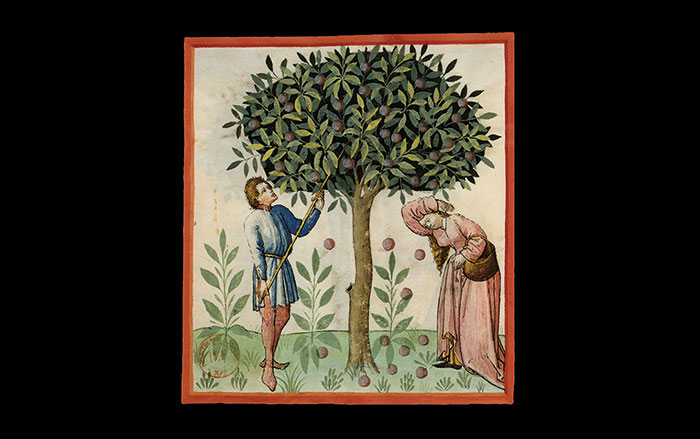 © BnF, Dist. RMN-Grand Palais/Art Resource, NY
© BnF, Dist. RMN-Grand Palais/Art Resource, NY -
Features May/June 2025
Goddess at the Crossroads
Why a city put its trust in a Greek deity feared throughout the Mediterranean world
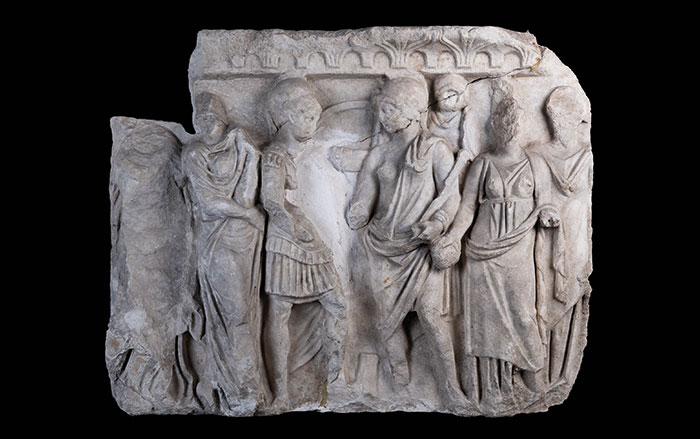 Istanbul Archaeology Museums
Istanbul Archaeology Museums -
Features May/June 2025
Desert Paradise Found
How a tiny, water-rich kingdom came to dominate vital trade routes in the Arabian Gulf 4,000 years ago
 Courtesy BACA/Moesgaard Museum
Courtesy BACA/Moesgaard Museum -
Features May/June 2025
Peru’s Timeless Threads
More than 1,000 years ago, master weavers kept the ancient traditions of the Moche culture alive
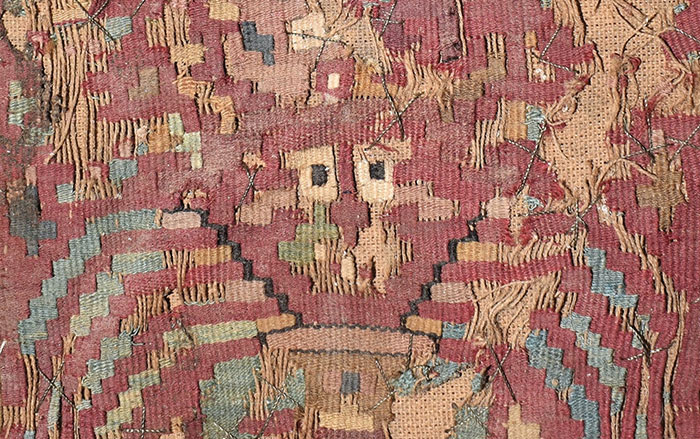 Jeffrey Quilter
Jeffrey Quilter


